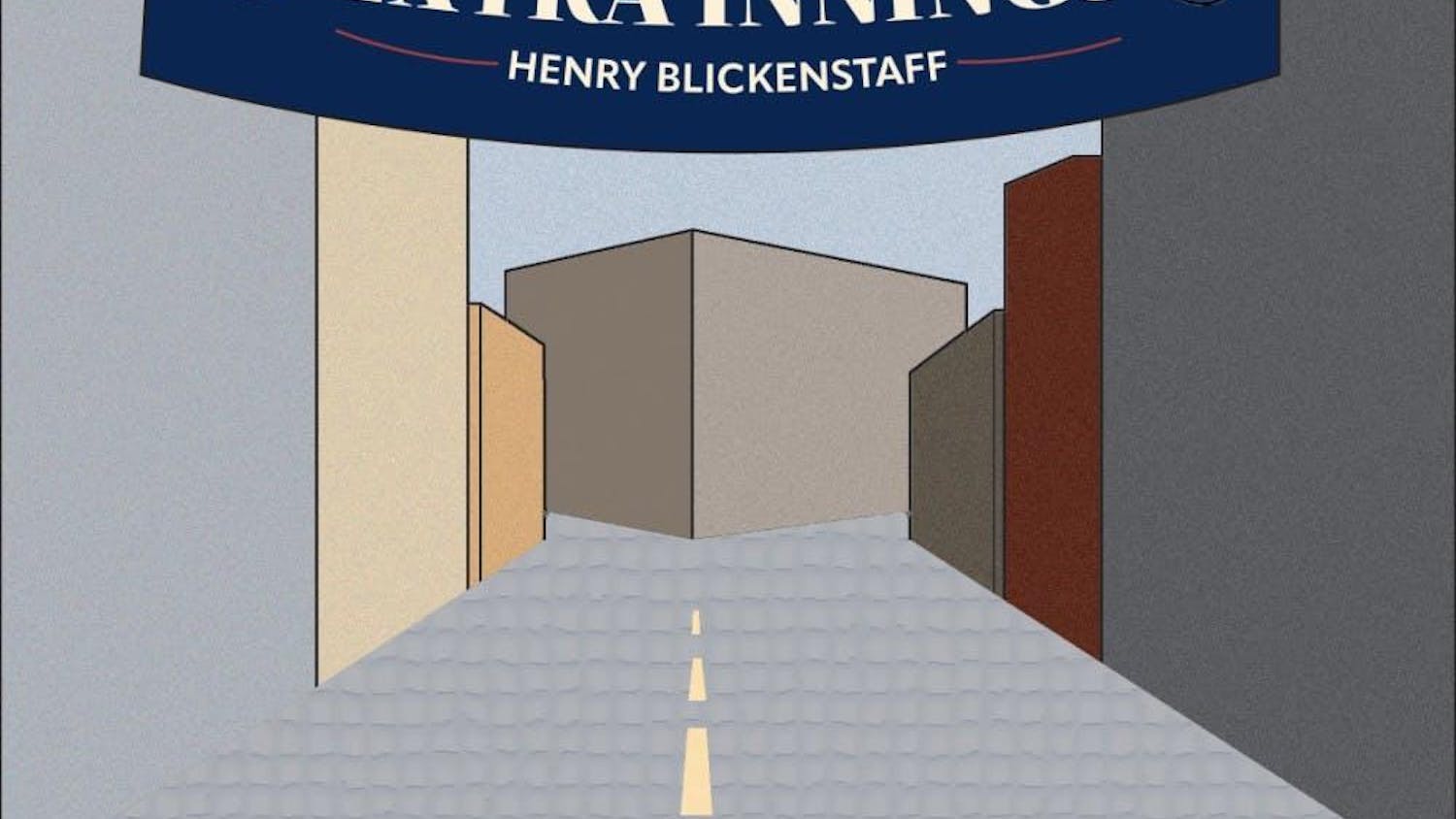I started planning my 21st birthday on Oct. 27, 2007, over a year before the day arrived this past Saturday. I know this because I created a new Sticky Note on my Mac dedicated to my birthday festivities. Overly organized? Sure. Thinking way too far in advance? Yes. But don't judge me (yet) -- there was a reason for it.
Since approximately Oct. 27, 2007, I've wanted to do a tasting menu for my 21st birthday. (For all of you haute cuisine newbies, a tasting menu is a multi-course meal of small portions of food. Chefs typically use tasting menus as a way to show off their skills.) If I was going to legally consume alcohol for the first time, I wanted to have the best beverages I could have with the best food I could afford.
Hence, the list. I needed a place to write down restaurant ideas and prices. I was working so far ahead of schedule because my top-four choices -- Manhattan legends Per Se, Le Bernardin, Masa and Jean Georges -- require reservations at least six months in advance. After pondering my list for several months, the affordability factor became too much of an issue; let's just say that the cheapest tasting menu with wine pairings out of these four restaurants costs more than I pay for textbooks each semester.
So, sadly, the tasting menu idea was out. But as I was doing all of my research on high-end dining (OK, now you can judge me), I noticed something. Several of the tasting menus I perused featured not just wine pairings by a sommelier, not even just cocktail pairings by a mixologist, but beer pairings.
You read correctly: beer and haute cuisine is the new culinary frontier. I'm not talking about beer and pizza. I'm not even talking about decent restaurants offering beers on its beverage list. I'm talking about top-rated chefs sitting down with brewers and slowly creating sophisticated beer pairings for their menus. This new trend, like every new movement that pops up in the food world, has been given a name: the craft beer movement.
Microbreweries are the main focus of the craft beer movement. Chefs and microbrewers can tinker with the flavor notes of a beer with relative ease, and microbrews tend to have more complex profiles than large-scale manufactured beer. When Wade Simpson was the chef de cuisine at Another Pointe in Tyme in Phoenix, Ariz., he cut the wine list in half to add microbrews. Every item offered on his menu featured a suggested beer pairing. Some chefs, such as French-born Jean Joho, are even supervising their own breweries. Joho's restaurant on Huntington Ave., Brasserie Jo, offers an extensive "Sélection de Bières" that features brews from Hop La, his microbrewery.
Boston is home to the bastion of the craft beer movement: the Boston Beer Company, which makes Samuel Adams. Boston Beer has sponsored a tasting menu event at the Annual Food and Wine Classic in Aspen, the Super Bowl of food shows since 2002 that has been prepared by such celebrity chefs as Todd English and David Burke. The company has found success in fine dining by marketing beer as comparable to wine, focusing on matching specific flavor notes in beer to fine food, similar to what a sommelier would do.
The craft beer movement just makes sense. Chefs are always looking for new flavor combinations, and beer offers caramelized and roasted profiles you cannot find with wine. It is also faster to experiment with beer than with wine; a microbrewer can add a different spice or play with the acidity of a beer in a fraction of the amount of time that it takes to do the same with wine.
Who knows ... maybe "bièrelier" is going to become a new sought after position in haute cuisine.
--
Caryn Horowitz is a junior majoring in history. She can be reached at Caryn.Horowitz@tufts.edu.





